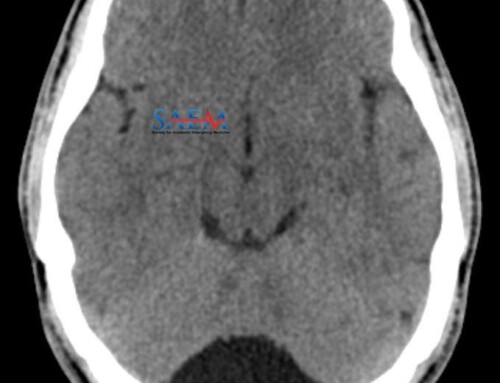 Bottom Line 1
Bottom Line 1
Giving tPA to stroke patients within 6 hrs of symptom onset does not improve mortality or independence at 6 months. However, patients might be a little “less disabled” while they are alive. Maybe.
Why It’s Important for Emergency Medicine
This is perhaps the most controversial article of 2012, call it thrombolytics-gate. As the body of research on thrombolysis in acute stroke gets scrutinized closer, more and more ED physicians are questioning the purported benefits of tPA. IST-3 is the biggest study of them all, enrolling over 3000 patients of all ages and stroke severities, but does little to clear up the confusion. See for yourself below…
Major Points
- No difference in number of patients alive and independent @ 6 months
- Patients who got tPA at < 3 hrs did well, between 3-4.5 hrs did worse, between 4.5-6 hrs did well again – this randomness argues against time making a difference.
- Secondary analysis suggests that though patients treated with tPA did not live longer or independently, they did survive with less disability.
Design & Results
- Unblinded RCT, 3035 patients (age>80 years old = 53%)
- 156 hospitals, 12 countries, 11 years

Criticisms
- The evidence that treatment patients survived with less disability was found through ordinal analysis and statistical adjustment – whatever that means…
- Only patients in whom the benefit of tPA was “uncertain” but “promising” were included.
Reviewed by V.Nguyen
MIA 2012 = Most Interesting Articles series of 2012
1.
IST-3 collaborative, Sandercock P, Wardlaw J, et al. The benefits and harms of intravenous thrombolysis with recombinant tissue plasminogen activator within 6 h of acute ischaemic stroke (the third international stroke trial [IST-3]): a randomised controlled trial. Lancet. 2012;379(9834):2352-2363. [PubMed]




